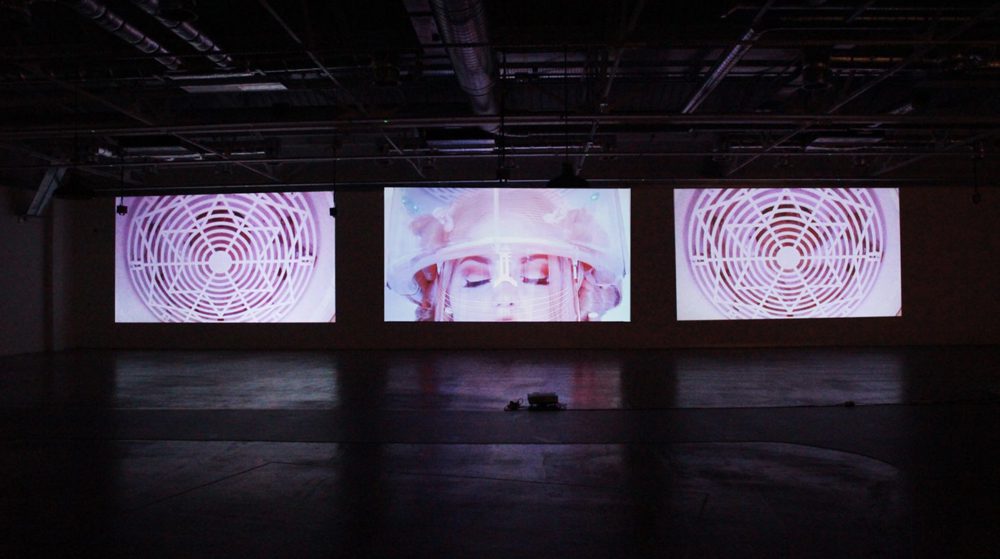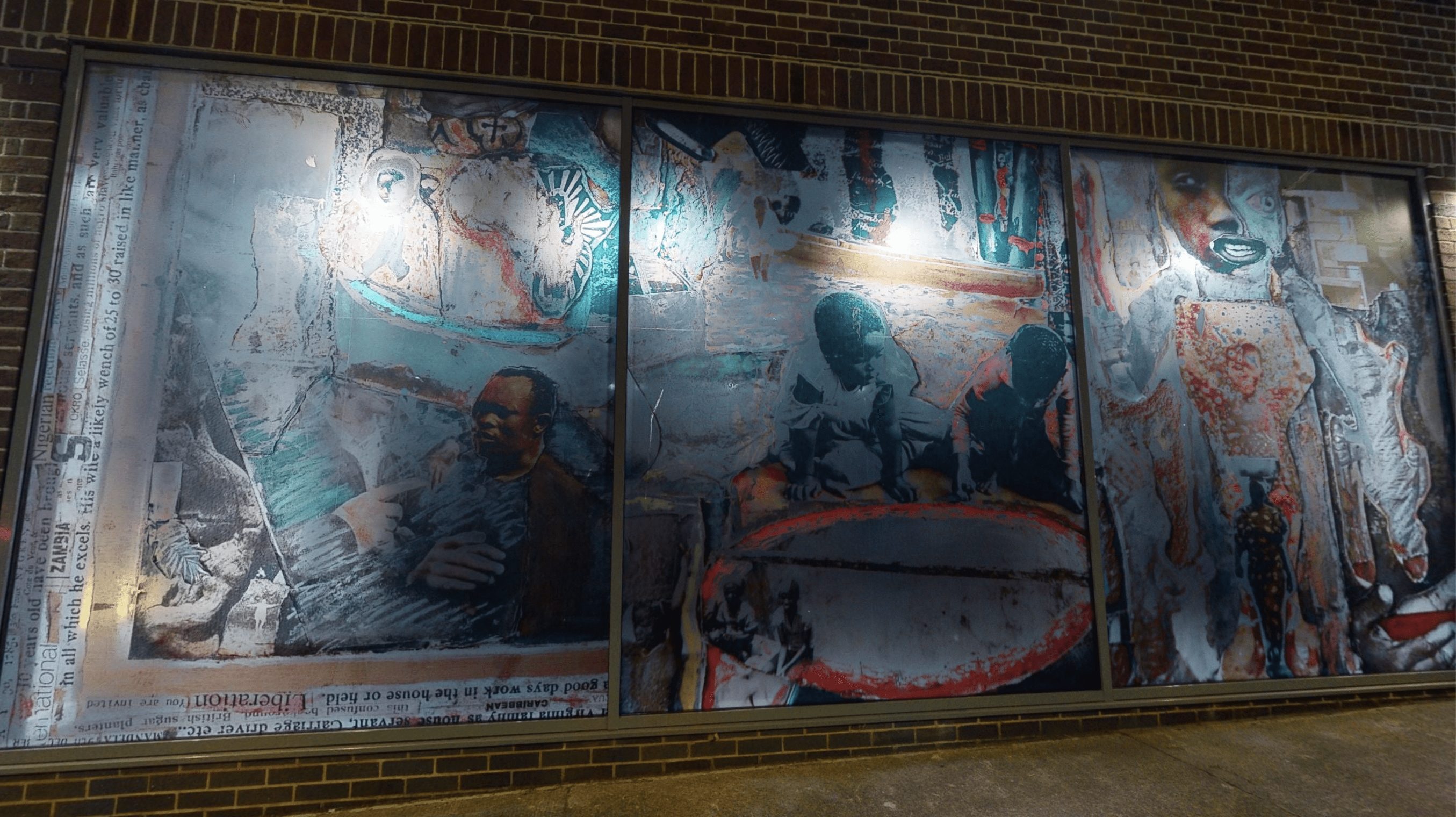With that in mind here are some facts and figures about the building, and where it sits in the Worcester Creative Quarter.


And highly sustainable
Despite its size the building has been converted with green credentials in mind. This is part of the University of Worcester’s impressive and award-winning sustainability programme.
Find out more

The Art House forms a corner of the Worcester Creative Quarter, which is in progress
The Hive and the Art House serve as cornerstones for a vibrant artist quarter, which includes bars, artists studios, agencies and exhibitions and events. In the university we are gradually moving our visual art resources towards within the quarter, with most courses already in the Art House, Jenny Lynd, and Charles Hastings. As an aside this makes room for the film and drama areas of the school up in St John’s Campus.
Find out more

Over Covid-19 lockdown we created many virtual events, but the Art House remained open
For students and practitioners the facilities, such as printing, were kept open and available. The front windows were also used as exhibition space throughout. Worcester was one of the few Art Schools in the country to put on a physical final show.

Many of the original features have been incorporated, not least as it Is a listed building
From the steps, the internal doors, all of the outside elements. And of course the tower with the clock which has all the original working features. The outside features such as the windows also kept this same style. Inside the building maintains features such as the Art Deco steps, and the two levels which divide up the enormous space.
Find out more

The building has an interesting past as a Garage, and as a Carpet Warehouse
The grandest of buildings used to show off Morris cars. Morris went on to produce that British design classic – the Mini. Then the building formed a carpet warehouse for many decades, until bought by the University of Worcester.
Find out more

The windows and front space form their own public art space
Although the interior space of the building forms an amazing exhibition and talking space alongside its teaching duties, the windows and gallery spaces facing Castle Street are always in use as exhibitions. Take a walk around the beautiful city and see what is happening today.
Find out more

It looks great in Lego
As does so much in life. One of our class of 2022 Graphic design students, Callum Summerfield, created this beautiful rendering on the Art House in 3D Lego. The subject of his Major Project (Our equivalent of a dissertation) was Lego and Education. What better artistic output?
Find out more

Castle street didn’t have a castle, but a 19th Century County Gaol that looked a lot like a castle
The County Prison in Worcester (1814) was situated in Salt Lane, later renamed Castle Street. The prison closed in 1928 but was used as temporary accommodation for the city homeless. The facade was demolished in the 1930s. Seen in the picture looking north, you can see the Hospital building, now City Campus on the right.
The real, Norman-built Worcester Castle was sited next to the cathedral – the Edgar Gate is one of the few remaining features.
As an aside – Salt lane seems to have been part of the cross-county ancient “Salt road” which leads over the river and up to the Malvern Hills and the Wyche (aka salt) cutting.